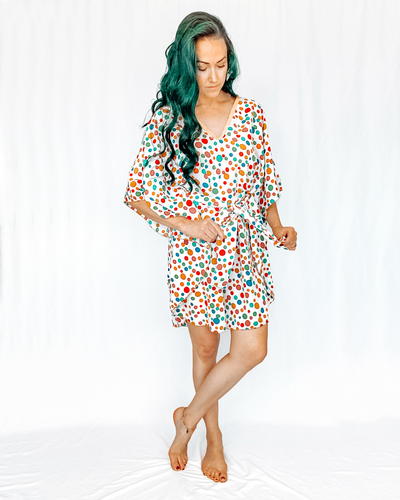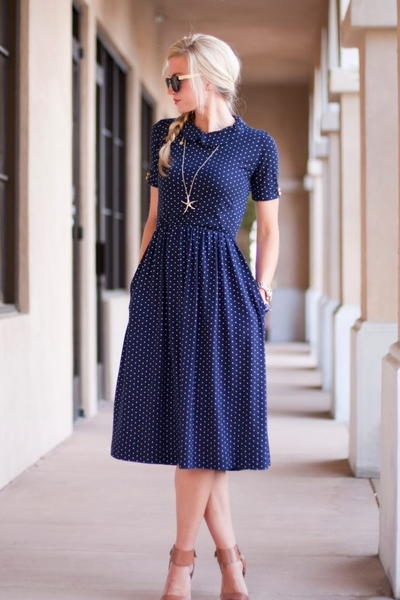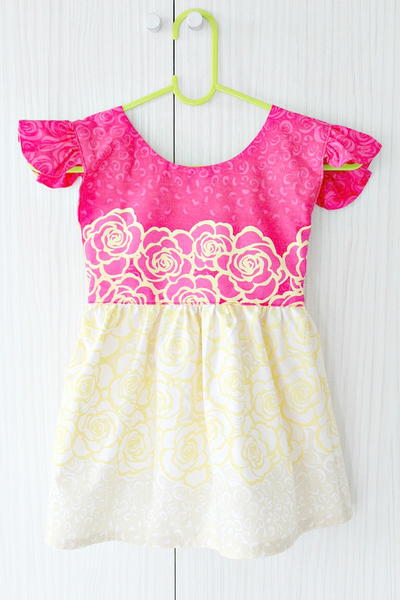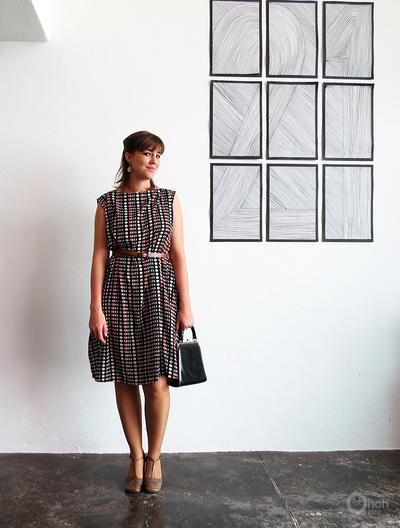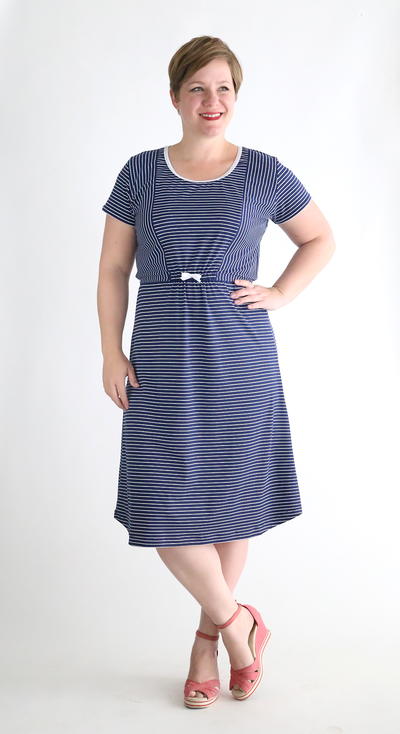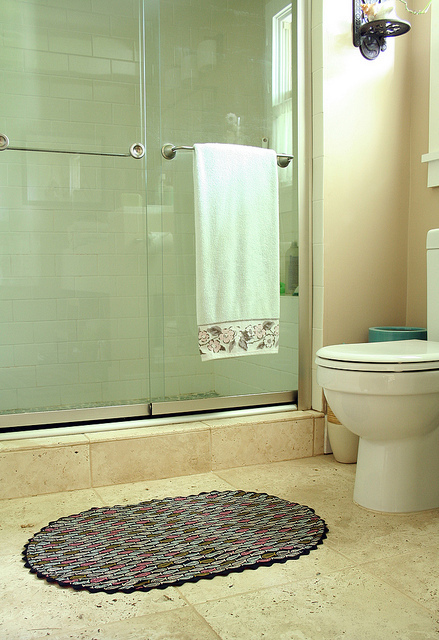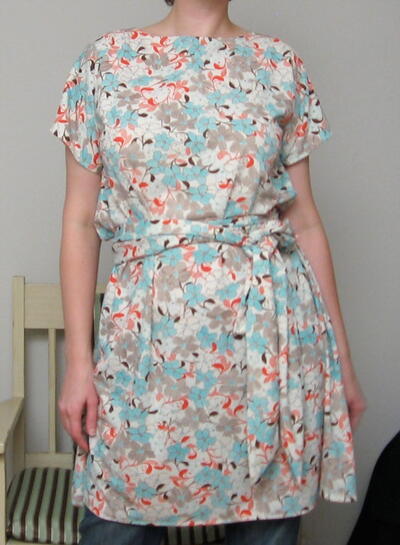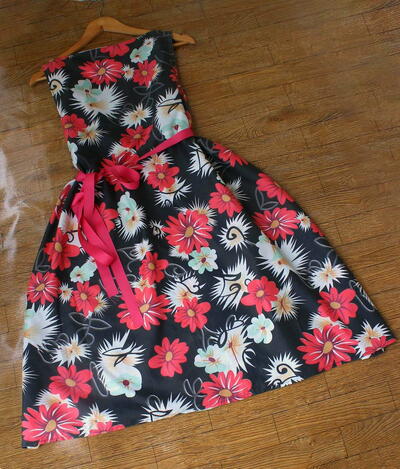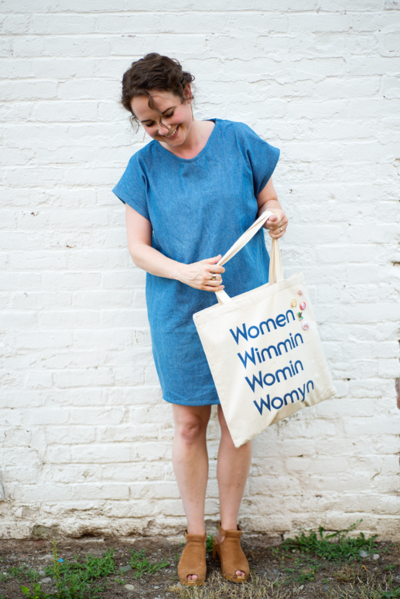This project was submitted by one of our readers, just like you.
Easy Printable Caftan Sewing Pattern
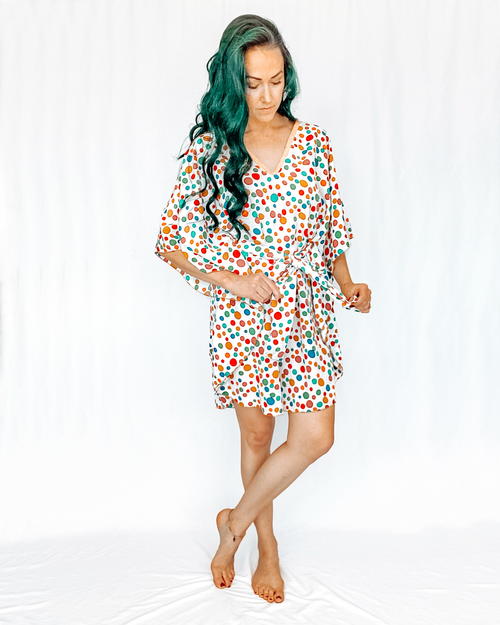
"Today I’m so excited to share this cute little printable sewing pattern to make this versatile, upcycled caftan dress. This caftan pattern makes a perfect as a swimsuit cover-up, flowy summer dress, or even pajamas. Honestly, I’m going to wear my dress as pajamas because of the fabric I chose.
The fabric I chose to make this caftan is actually some old curtains from my daughter’s bedroom (we’re redecorating.) I believe curtains are such an incredible alternative to expensive fabric because they come in huge sheets similar to store-bought fabric, often have a beautiful drape to them, and are likely already tucked away in your house somewhere just waiting to be repurposed."
NotesYou can get the free printable sewing pattern with this tutorial at creative fashion blog
Project TypeMake a Project
Time to CompleteIn an evening
Sewn byMachine

Materials List
- Singer sewing machine
- 1 Old Curtain (or approximately 3 yards of fabric of your choice)
- The free Printable Caftan Sewing Pattern
Instructions
-
use the size key on the very first page of your pattern to decide which size you’re going to cut. For this project, we’ll need 1 front caftan pattern piece on the fold, one back caftan pattern piece cut on the fold, and 2 sash pattern pieces cut on the fold.
-
Keep the entire pattern piece flat when cutting the backside of the caftan. When it’s time to cut the front, fold along the front neckline so when your pattern pieces are finished, one pattern piece has a “V” and the other has a slight scoop.
-
Once your pattern pieces are cut, its time to take some tailor’s chalk and mark your buttonholes.
-
Do this by sticking one sewing pin into the buttonhole and then use your tailor’s chalk to mark where your pin sits in your fabric. You are also going to mark the stitch line at the bottom of your caftan.
-
Use this method to mark the beginning and end of your buttonhole and the bottom stitch line before removing your pattern piece and using a ruler to connect all of the dots you created using tailor’s chalk.
-
Once your stitch line is fully traced, flip your caftan over and repeat this process on the other side. Now, the caftan pattern already has puncture holes from where we marked our pattern in the last step so you can flip the pattern over and use these markings to trace the correct spots of your fabric.


